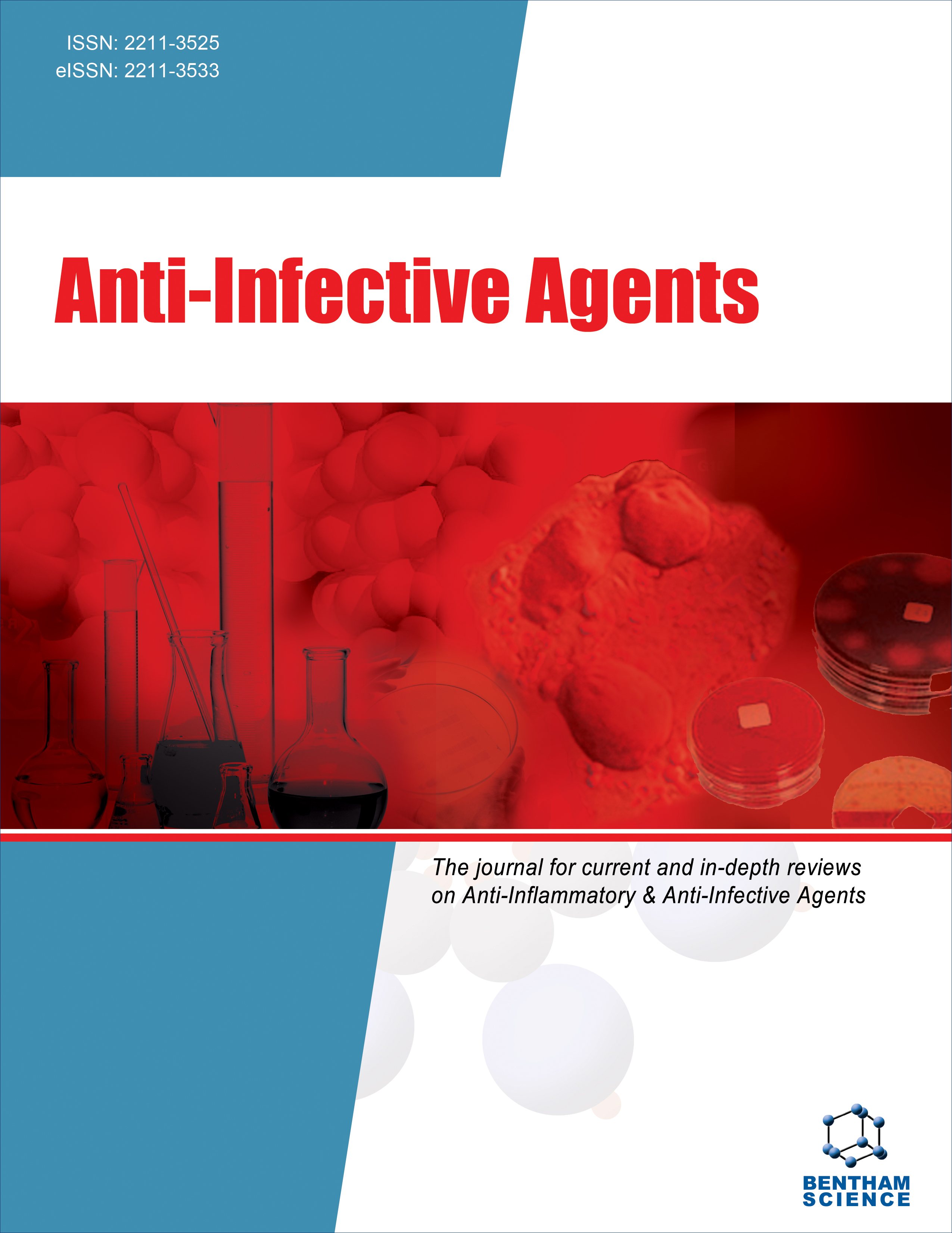
Full text loading...
We use cookies to track usage and preferences.I Understand

Sesquiterpene coumarins are a unique class of natural compounds with a wide range of biological activities. These C15 terpenes are connected by ether or carbon-carbon bonds to coumarin derivatives. Sesquiterpene coumarins that include a 7-hydroxylcoumarin (umbelliferone) moiety have significant antiviral properties. The natural flexibility of these compounds reduces the likelihood of developing resistance, which is often seen in viruses due to high mutation rates.
The lessons learned from the coronavirus pandemic experience emphasize the importance of preparedness for future viral outbreaks in the medical community. Consequently, fast and reliable assessment methods, such as in silico techniques, are crucial in drug discovery.
In this study, we used in silico studies to evaluate the potential antiviral effects of various sesquiterpene coumarins.
The binding free energy to the spike protein of SARS-CoV-2 suggested that 5′-hydroxyumbelliprenin (2), conferol (9), 8′-acetoxy-5′-hydroxyumbelliprenin (3), and Sanandajine (1) could be promising antiviral candidates.
These compounds have unique physicochemical characteristics and occupy distinct chemical spaces compared to synthetic libraries; therefore, the criteria for drug-likeness need to be adjusted for this series of compounds.

Article metrics loading...

Full text loading...
References


Data & Media loading...